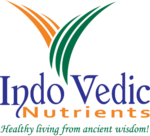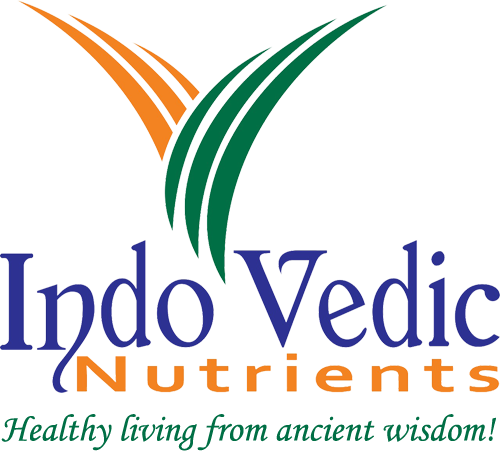LICORICE EXTRACT
LICORICE EXTRACT
Overview:
Licorice extract is obtained from the roots of Glycyrrhiza glabra. Known as ‘yashtimadhu’ in Ayurveda, it is considered to be approximately fifty times sweeter than sugar.
The Brown pigment in licorice consists of mainly Glycyrrhizinic acid which is a pentacyclic triterpenoid-a derivative of the beta-amyrin type obtained from the hydrolysis of glycyrrhizic acid.

OTHER NAMES
- alcacuz
- Chinese licorice
- gan cao
- gan zao
- Glycyrrhiza glabra
- lakritze
- Lakritzenwurzel
- orozuz
- regliz
- Russian licorice
- Spanish licorice
- sweet root
CATERED TO
Presence of Antioxidants
Assist in Inflammation management
Respiratory Support Nutrient
Known to help manage sore throat and cold
Improves Digestive Health
NUTRITIONAL INFORMATION
The two major constituents of licorice are glycyrrhizin and flavonoids. According to test-tube studies, it has been discovered that glycyrrhizin has anti-inflammatory actions and may inhibit the breakdown of the cortisol produced by the body.
Licorice may also have antiviral properties, although this has not been proven in human pharmacological studies. Licorice flavonoids, as well as the closely related chalcones, help heal digestive tract cells. They are also potent antioxidants and work to protect liver cells.
In test tubes, the flavonoids have been shown to kill Helicobacter pylori, the bacteria that causes most ulcers and stomach inflammation.
Licorice Extract has been found to be a safe, well-Tolerated, highly promising natural antioxidant and an anti-inflammatory compound having a wide spectrum of biological functions.
Applications of Licorice
- Licorice is often used as a sweetening or flavoring agent to mask the bitter taste of other medications.
- Licorice is used in combination with other herbs. It is one of the more widely consumed herbs in the world because not only is it used medicinally but also the extract is used to flavor tobacco, chewing gum, confections, soft drinks, liquours, ice cream, and baked goods.
It can also be found as the foaming agent in beers or fire extinguishers and made into a chemical wood pulp, which is pressed into boards.
Dosage
- Decoction: 1 teaspoonful to 1 tablespoonful as required.
- Fluid extract: ½ teaspoonful or 20-60 drops 1-4 times per day.
- Infusion (tea): up to 3 cups per day.
- Powder: ½-1 teaspoon.
- Syrup: 1 teaspoonful to 1 tablespoonful as required.
Tincture: ½-1 teaspoonful.
Safety & Toxicity
Licorice has been traditionally used for centuries and has a good safety profile in general.
WHY CHOOSE US?
Indovedic Nutrients Pvt Ltd is one of the top 5 suppliers of Licorice extract in India.
Indovedic offers Licorice extract standardized to not more than 20% Glycyrrhizinic Acids by HPLC.
At Indovedic, Licorice extract is produced at a production capacity of 6 MT/Year.
ADDITIONAL INFORMATION
In India, Licorice is grown in Punjab & Sub Himalayan tracts.
Sandy-loam fertile soils with a PH of 6.0 to 7.5 have been found to promote good root development in Licorice.
Fresh planting can be done in the months February-March or July-August. The crop is harvested in the winter season i.e. November or December months to obtain roots.
Disclaimer:
Data has been taken from the public domain. IndoVedic does not claim this data to be accurate.

